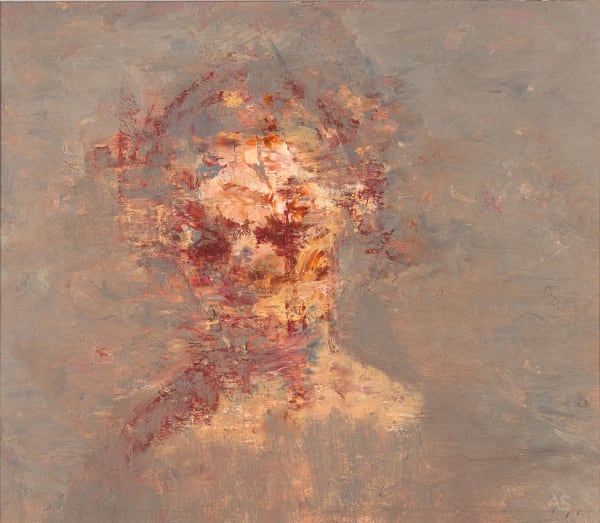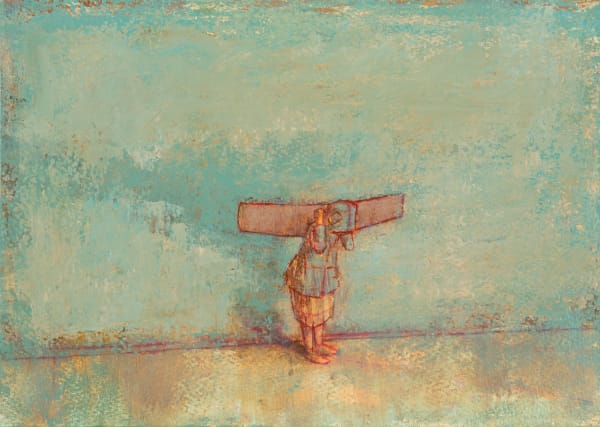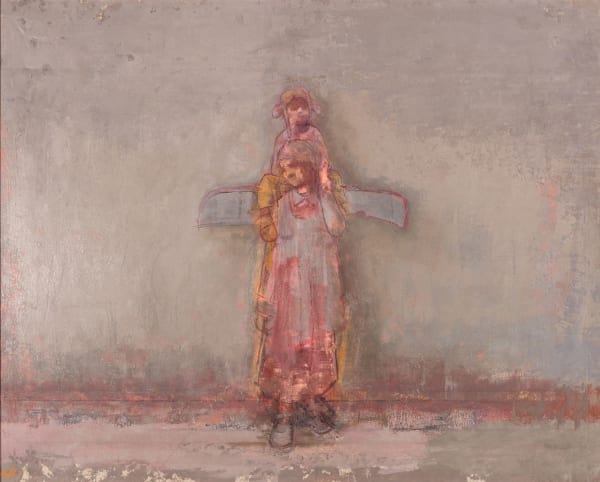-
-

Anthony Scullion
Anthony Scullion is one of the UK's finest painters of the figure. His work combines the power of Bacon, Rembrant and Giacometti with his own distinctive style to make work... -

ANTHONY SCULLION | new work
5 - 31 October 2024There is a silent voice that only paint can offer, and the figures Anthony Scullion paints sing with this. He is is a master of nuance – raising the colour... -

ANTHONY SCULLION
four new paintings 17 February 2023We are excited to exhibit work by Anthony Scullion for the first time. We love his paintings for their humanity, beauty and understanding of paint. We have four new works... -

Anthony Scullion
Lost Cause, 2024oil on board
48cm x 59cm
(59cm x 70cm framed)
-
WORK OF THE WEEK | 14th October: ANTHONY SCULLION | Lost Cause
Current viewing_room



